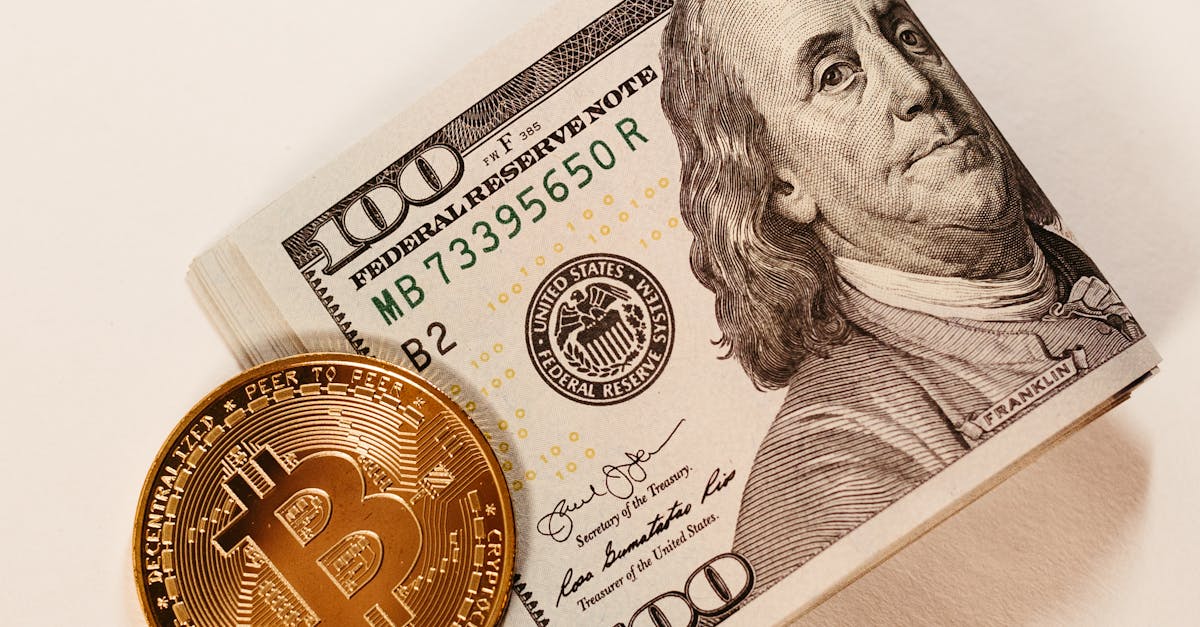A Monetary Lifeline: Exploring the Benefits of Gold-Backed Currencies

Gold as National Currency: Restoring Financial Confidence in an Uncertain World
In the volatile landscape of global finance, gold has emerged as a beacon of stability and trust. Throughout history, gold has played a pivotal role in monetary systems, providing a solid foundation for economic growth and prosperity. As the world grapples with financial uncertainty, it is time to revisit the power of gold and explore its potential to strengthen national currencies and restore confidence in the financial system.
This article delves into the multifaceted role of gold in currency management. We will examine how gold reserves act as a safety net during economic downturns, mitigating financial shocks and safeguarding the value of currencies. We will also explore the psychological impact of gold on public trust, fostering confidence in the stability and value of national currencies. Furthermore, we will discuss the international recognition of gold as a reserve asset, enhancing a country’s standing in the global financial arena.
Key Insights
- Gold has been used as a monetary catalyst throughout history, providing stability and reliability to currencies.
- Gold reserves act as a safety net during economic downturns, mitigating financial shocks and safeguarding the value of currencies.
- Gold reserves inspire public trust in national currencies, fostering confidence in their stability and value.
- Gold is widely accepted as an international reserve asset, facilitating global trade and enhancing a country’s standing in the financial arena.
- Emerging trends such as digital gold and blockchain technology are revolutionizing the way we interact with gold, offering new opportunities for investment and storage.
1. Unveiling the Power: Gold as a Monetary Catalyst
Gold has been an intrinsic part of human civilization for millennia, serving as a store of value, a medium of exchange, and a symbol of wealth and power. Its unique properties have made it an ideal monetary catalyst, providing stability and reliability to currencies throughout history.
Historically, gold was used as a form of currency in many ancient civilizations, including the Egyptians, Romans, and Greeks. Its scarcity, durability, and intrinsic value made it a reliable and convenient medium of exchange. Gold coins were standardized in weight and purity, making them easily recognizable and widely accepted. The stability of gold’s value over time also made it a popular choice for storing wealth and protecting against inflation.
In the modern era, gold continues to play a significant role in the global monetary system. Many central banks hold gold reserves as a safe haven asset. Gold’s value remains relatively stable during periods of economic uncertainty, making it a valuable hedge against financial crises. Additionally, gold is often seen as a symbol of a country’s financial strength and stability, inspiring public confidence in the national currency.
2. Bolstering Financial Stability: Gold’s Protective Embrace

Bolstering Financial Stability: Gold’s Protective Embrace
Gold reserves are often seen as a safety net for national currencies, particularly during times of economic turmoil. When financial markets experience volatility and uncertainty, investors tend to flock to safe-haven assets like gold. This increased demand can drive up the price of gold, providing a buffer against the devaluation of currencies.
For example, during the 2008 financial crisis, the value of many currencies plummeted. However, gold prices soared, as investors sought to preserve their wealth. This increase in gold’s value helped to stabilize the global financial system and mitigate the impact of the crisis on national currencies.
Central banks around the world hold significant gold reserves as a way to protect their currencies and financial systems. Gold is considered a safe asset because its value is not tied to any particular country or economy. This makes it a valuable tool for central banks to manage risk and maintain the stability of their currencies.
3. Inspiring Trust: Gold’s Role in Currency Credibility
Public trust is essential for the stability and credibility of any currency. When people believe that their currency is stable and valuable, they are more likely to use it and hold it as a store of value. Gold reserves can play a significant role in inspiring public trust in national currencies.
Gold has a long history of being a valuable and desirable asset. It is scarce, durable, and easily recognizable. These qualities make gold a reliable store of value that is not subject to the same fluctuations as paper currencies. When people know that their government holds gold reserves, they are more likely to trust that the value of their currency will be maintained over time.
For example, Switzerland has a long tradition of holding large gold reserves. This has helped to instill public confidence in the Swiss franc, which is considered one of the most stable currencies in the world. Similarly, the United States held significant gold reserves for many years, which helped to maintain the credibility of the US dollar as the world’s reserve currency.
4. International Recognition: Gold’s Global Appeal

International Recognition: Gold’s Global Appeal
Gold is not only a valuable asset domestically, but it also plays a significant role in the global financial system. Gold is widely accepted as an international reserve asset, which means that central banks around the world hold gold as part of their foreign exchange reserves. This widespread acceptance gives gold a unique status in the global economy.
There are several reasons why gold is so highly regarded as an international reserve asset. First, gold is a scarce and durable asset that has been used as a store of value for centuries. This makes it a reliable asset that is not subject to the same fluctuations as paper currencies. Second, gold is easily recognizable and can be easily traded between countries. This makes it a convenient asset for use in international transactions.
Holding gold reserves can enhance a country’s standing in the financial arena. It signals to other countries that the country is financially responsible and has a strong commitment to maintaining the stability of its currency. This can lead to increased foreign investment and trade, which can further boost a country’s economy.
5. Examples of Gold-Backed Currencies: Global Perspectives
Throughout history, several countries have experimented with gold-backed currencies. While some of these experiments have been more successful than others, they all provide valuable insights into the potential benefits and challenges of gold-backed currencies.
One of the most famous examples of a gold-backed currency is the gold standard. The gold standard was a monetary system in which the value of a country’s currency was directly linked to the price of gold. This meant that central banks were required to maintain gold reserves to back the value of their currencies. The gold standard was used by many countries for much of the 19th and early 20th centuries.
Another example of a gold-backed currency is the Swiss franc. The Swiss franc has been backed by gold since 1924. This means that the Swiss National Bank is required to maintain gold reserves to cover at least 40% of the value of Swiss francs in circulation. The Swiss franc is considered one of the most stable currencies in the world and is often used as a safe haven asset during times of economic uncertainty.
More recently, some countries have adopted a new type of gold-backed currency known as a gold peg. A gold peg is a monetary system in which the value of a currency is pegged to the price of gold, but the central bank is not required to maintain gold reserves to back the currency. Instead, the central bank uses monetary policy tools to keep the value of the currency stable in relation to gold.
6. Weighing the Benefits: Gold’s Impact on Monetary Policy
Weighing the Benefits: Gold’s Impact on Monetary Policy
Gold-backed currencies can have a significant impact on a country’s monetary policy. On the one hand, gold-backed currencies can help to stabilize the value of a currency and reduce inflation. On the other hand, gold-backed currencies can also limit a country’s ability to use monetary policy to stimulate economic growth.
One of the main advantages of gold-backed currencies is that they can help to stabilize the value of a currency. This is because the value of gold is relatively stable over time. When a currency is backed by gold, it is less likely to experience sharp fluctuations in value. This can help to protect the purchasing power of consumers and businesses and can also make it easier for businesses to plan for the future.
Another advantage of gold-backed currencies is that they can help to reduce inflation. Inflation is a general increase in prices and decrease in the purchasing value of money. Gold-backed currencies can help to reduce inflation because they limit the ability of governments to create new money. When a government creates new money, it can lead to inflation. However, when a currency is backed by gold, the government cannot simply create new money to finance its spending. This can help to keep inflation under control.
7. The Future of Gold: Embracing Innovation and Digital Gold
The Future of Gold: Embracing Innovation and Digital Gold
The way we interact with gold is constantly evolving. In recent years, we have seen the rise of digital gold and the potential for blockchain technology to revolutionize the way we store and trade gold.
Digital gold is a digital representation of physical gold. It can be bought and sold online, and it is stored in a secure digital vault. Digital gold offers several advantages over physical gold. It is more convenient to store and trade, and it is less likely to be lost or stolen. Additionally, digital gold can be used to make purchases online, which is not possible with physical gold.
Blockchain technology has the potential to further revolutionize the way we interact with gold. Blockchain is a secure, distributed ledger system that can be used to track the ownership and transfer of gold. This could make it easier to trade gold and could also reduce the risk of fraud.
The future of gold is bright. As technology continues to evolve, we can expect to see even more innovation in the way we own, store, and trade gold.
What are the benefits of gold-backed currencies?
Gold-backed currencies can help to stabilize the value of a currency, reduce inflation, and enhance public trust in the currency.
What are the challenges of gold-backed currencies?
Gold-backed currencies can limit a country’s ability to use monetary policy to stimulate economic growth and can be more expensive to maintain than fiat currencies.
What is digital gold?
Digital gold is a digital representation of physical gold that can be bought, sold, and stored online.
What are the advantages of digital gold?
Digital gold is more convenient to store and trade than physical gold, and it is less likely to be lost or stolen.
How can blockchain technology be used to revolutionize the way we interact with gold?
Blockchain technology can be used to track the ownership and transfer of gold, making it easier to trade gold and reducing the risk of fraud.
Key Insights
| Key Insight | Description | |—|—|
| Gold as a Monetary Catalyst | Gold has been used as a foundational element in monetary systems throughout history, providing stability and reliability to currencies. |
| Gold’s Protective Embrace | Gold reserves act as a safety net during economic downturns, mitigating financial shocks and safeguarding the value of currencies. |
| Inspiring Trust Through Gold | Gold reserves instill public confidence in national currencies, fostering trust in their stability and value. |
| Gold’s Global Appeal | Gold is widely accepted as an international reserve asset, facilitating global trade and enhancing a country’s standing in the financial arena. |
| The Future of Gold: Innovation and Digitalization | Emerging trends such as digital gold and blockchain technology are revolutionizing the way we interact with gold, offering new opportunities for investment and storage.

0 responses to “Gold as National Currency: Strengthening Financial Stability and Trust”